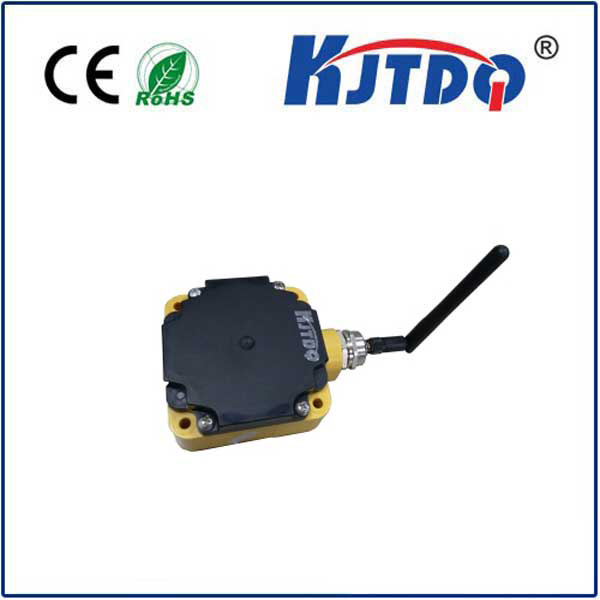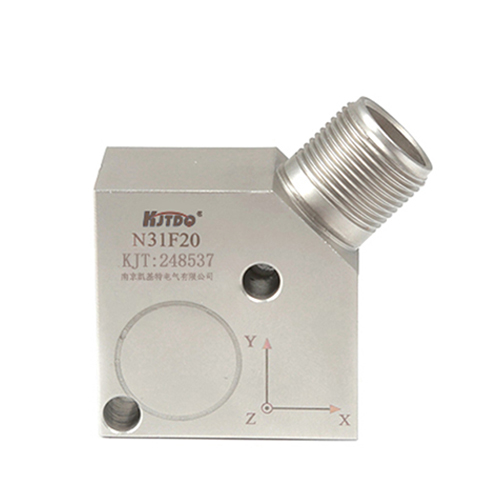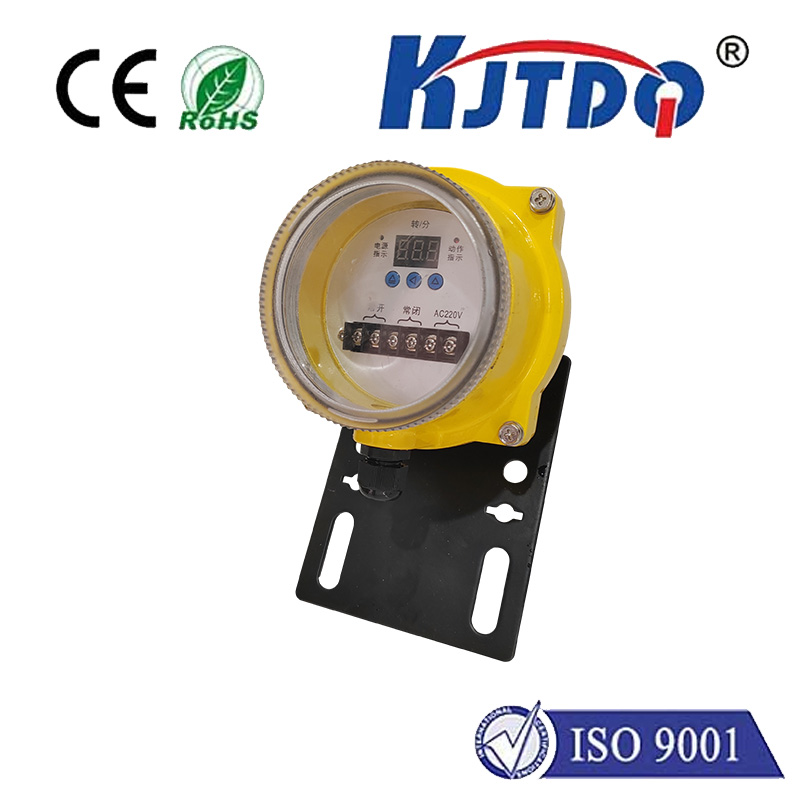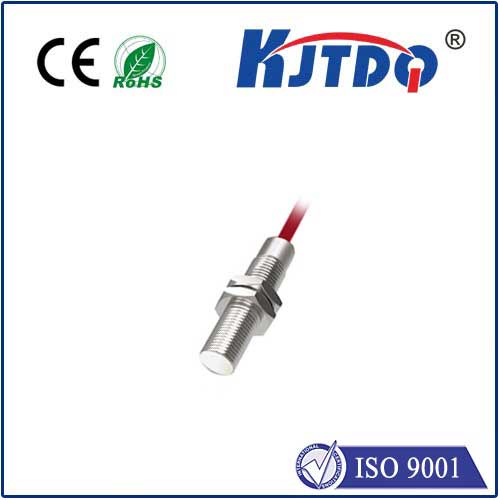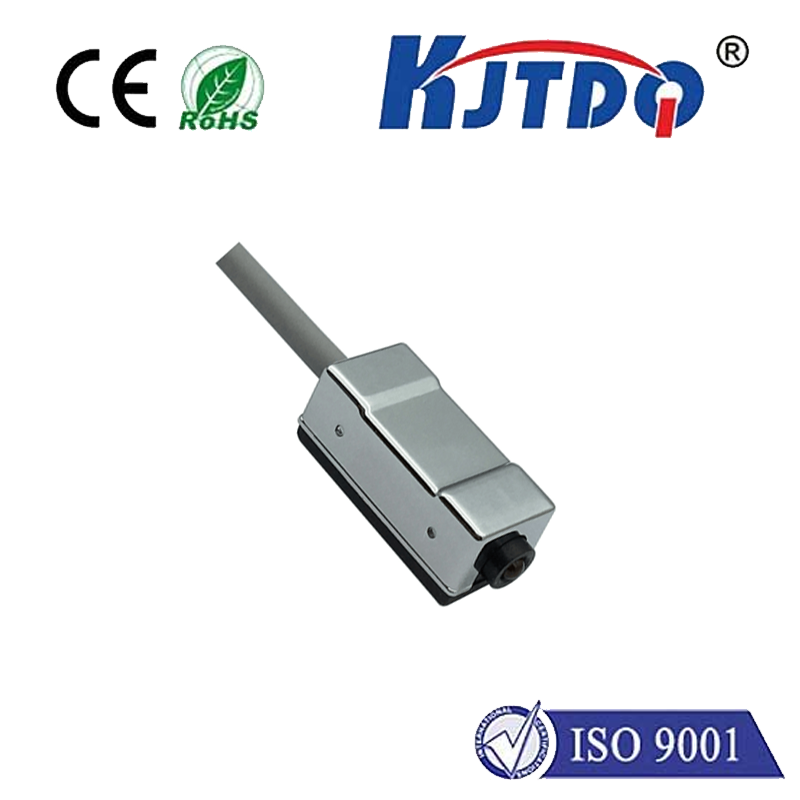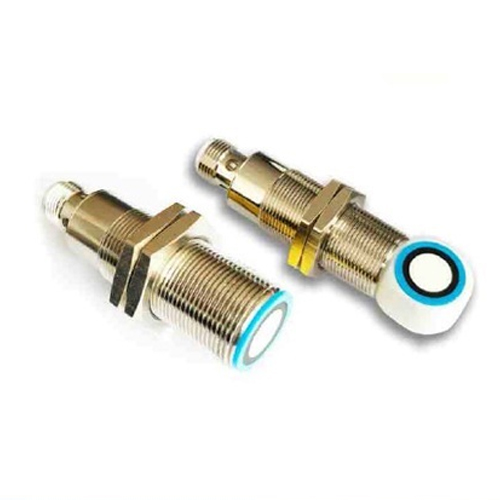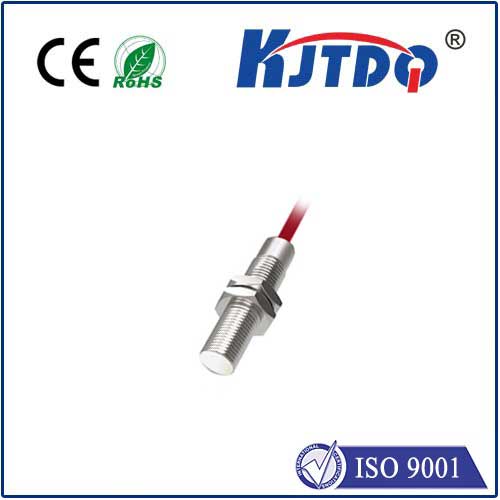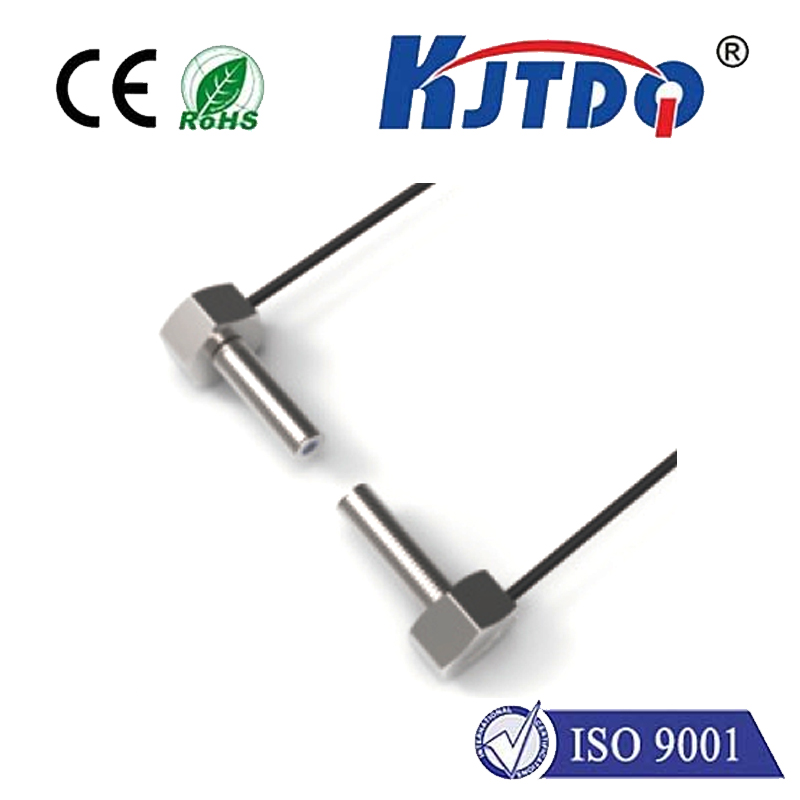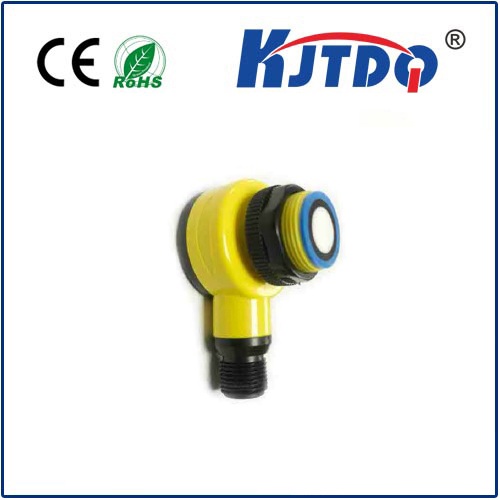fiber optic oxygen sensor
- time:2025-08-13 16:47:30
- Нажмите:0
OptiSense Revolution: How Fiber Optic Oxygen Sensors Transform Precision Monitoring
Imagine a surgeon operating deep within the brain, needing constant, absolute certainty about tissue oxygen levels to prevent irreparable damage. Or picture environmental scientists monitoring oxygen fluctuations in the deep ocean, battling corrosive saltwater and crushing pressure. In these demanding scenarios and countless others, traditional oxygen sensors often fall short. Enter the fiber optic oxygen sensor (FOOS) – a technological leap offering unprecedented safety, accuracy, and versatility where it matters most. This isn’t just an incremental improvement; it’s a fundamental shift in how we measure this vital gas.
Seeing Oxygen Through Light: The Core Principle
At its heart, an optical oxygen sensor functions based on a fascinating phenomenon called luminescence quenching. Unlike electrochemical sensors that rely on chemical reactions prone to drift, a specialized oxygen-sensitive dye or material is immobilized at the fiber’s tip. When excited by specific light wavelengths (delivered via the optical fiber core), this sensing material emits luminescence (light of a different wavelength). Crucially, oxygen molecules colliding with the excited dye molecules “quench” this luminescence – effectively reducing its intensity and sometimes its duration. The key insight is: the degree of quenching is directly proportional to the concentration of dissolved oxygen surrounding the sensor tip. By precisely measuring changes in the emitted light’s characteristics (intensity, lifetime, phase), the sensor delivers an accurate oxygen reading. This core mechanism underpins the fiber optic sensor’s unique advantages.

Why Opt for Fiber Optics? Unmatched Advantages
The shift from conventional methods to fiber optic sensor technology brings a constellation of critical benefits:
- Electromagnetic Immunity: Fiber optic cables are composed of glass or plastic, making them inherently immune to electromagnetic interference (EMI) and radiofrequency interference (RFI). This is a game-changer in environments like MRI suites, near heavy industrial machinery, or high-voltage power lines where traditional sensors fail spectacularly due to signal corruption or safety hazards. Real-time monitoring remains reliable regardless of surrounding electrical noise.
- Intrinsic Safety: Optical sensing requires only low-power light signals traveling through the fiber. There’s no electrical current or spark potential at the measurement point. This makes FOOS ideal for hazardous locations (ATEX zones) like petrochemical plants, mines, or fuel storage facilities where explosion risks demand intrinsically safe instrumentation.
- Miniaturization & Remote Sensing: Optical fibers are incredibly thin and flexible. This enables the creation of ultra-miniature probes suitable for in-vivo medical applications (tissue, blood), microreactors, or confined industrial spaces. Additionally, fibers can transmit light signals over remarkably long distances (hundreds of meters to kilometers) with minimal loss. This allows the sensitive electronics (light source and detector) to be located safely away from harsh measurement environments (e.g., inside bioreactors, deep wells, or corrosive atmospheres), enabling remote oxygen sensing.
- No Oxygen Consumption & Drift Stability: The sensing process is purely optical; the sensor doesn’t consume oxygen molecules during measurement. This is vital for applications involving small sample volumes (like microfluidic devices or cell cultures) where traditional sensors might deplete the very oxygen they are trying to measure. Furthermore, because the sensing chemistry is typically very stable and encapsulated, FOOS systems generally exhibit significantly lower drift and longer intervals between calibration compared to electrochemical sensors, enhancing measurement reliability.
- Fast Response Time: Fiber optic oxygen sensors often feature very rapid response times, crucial for tracking dynamic processes like rapid cellular respiration changes, combustion control, or fermentation kinetics where lagging data is useless.
Where Light Leads the Way: Key Applications
The unique properties of fiber optic oxygen sensors unlock solutions across diverse sectors:
- Biomedical & Life Sciences: In vivo tissue oxygen monitoring during critical surgeries (neurosurgery, organ transplantation), intensive care patient monitoring (blood gases), long-term implantable sensors research, and studying cellular metabolism in bioreactors. The miniaturization and biocompatibility potential are revolutionary here.
- Environmental Monitoring: Robust dissolved oxygen monitoring in harsh aquatic environments (oceans, deep lakes, estuaries), wastewater treatment process control, landfill gas composition analysis, and atmospheric oxygen tracking in polluted zones. Their corrosion resistance and remote sensing capability are paramount.
- Industrial Process Control: Optimizing combustion efficiency in boilers/furnaces (minimizing emissions), monitoring oxygen levels in modified atmosphere packaging (MAP) to extend food shelf-life, controlling fermentation processes in breweries and pharmaceutical production, and ensuring inert gas blanketing safety in chemical manufacturing. Intrinsic safety and harsh environment tolerance are key drivers.
- Research & Development: Enabling precise oxygen measurements in novel materials, microfluidic devices (“lab-on-a-chip”), fuel cell development, and demanding experimental setups involving high pressures, temperatures, or electromagnetic fields where conventional sensors cannot perform.
The Future is Bright: Evolving Capabilities
Optical oxygen sensing technology continues to evolve rapidly. Research focuses intensely on enhancing sensitivity and selectivity for trace oxygen detection, developing even smaller, multiplexable probes (measuring oxygen simultaneously at multiple points along a single fiber), creating robust chemical sensors arrays for multi-analyte detection, improving long-term stability for permanent installations, and reducing overall system costs. Integration with advanced optoelectronics and wireless data transmission paves the way for sophisticated remote sensing networks and the Internet of Things (IoT) deployments. Fiber optic oxygen sensors are poised to become even more integral to advancing scientific discovery and industrial efficiency.
From safeguarding patients on the operating table to ensuring the health of our planet’s deepest waters, fiber optic oxygen sensors represent a powerful convergence of photonics and chemistry. By leveraging the unique properties of light guided through hair-thin fibers, they deliver unrivaled precision, robustness, and safety in oxygen measurement. As technology progresses, their ability to enable critical monitoring in previously inaccessible or hazardous environments will only expand, solidifying their role as indispensable tools across science and industry. The revolution in sensing oxygen isn’t coming; it’s already here, guided by light.

